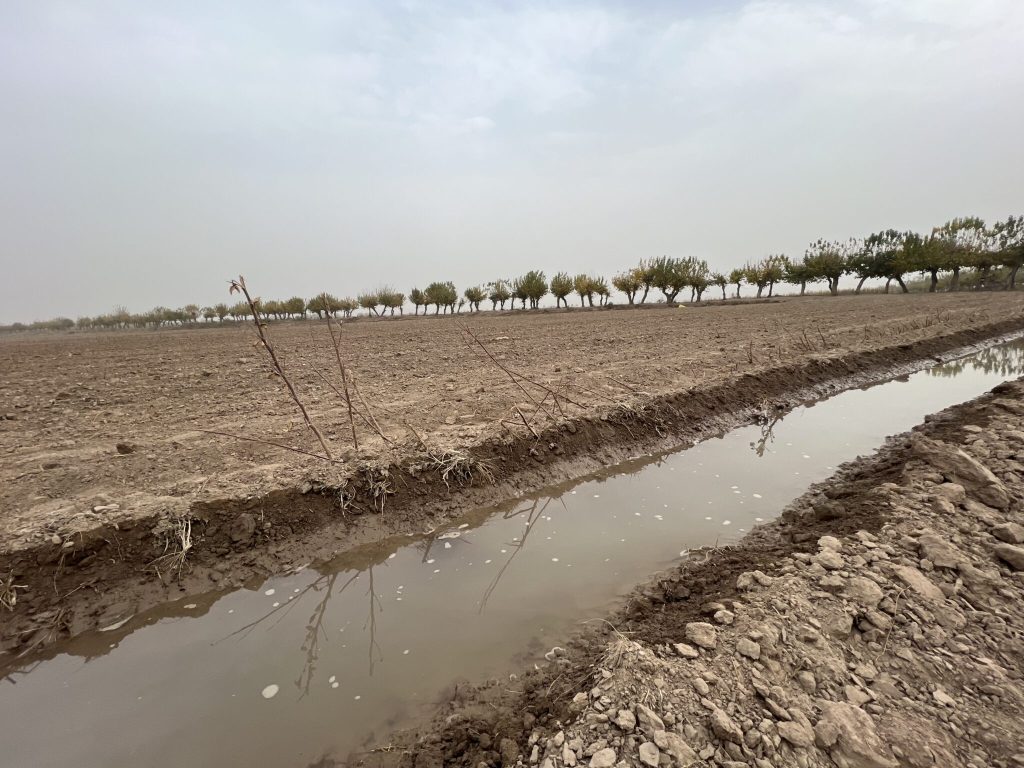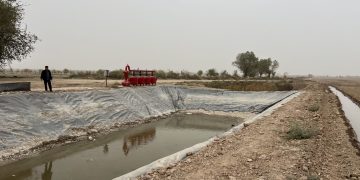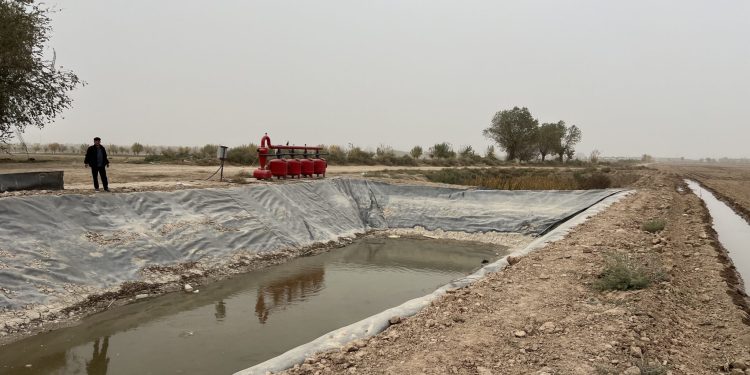#CentralAsia #agriculture #water-savingtechnologies #dripirrigation #sustainablefarming #climatechange #waterconservation #Uzbekistan #FAO #agricultureinnovation
Central Asian countries are facing a dire water crisis, with the region experiencing high levels of “water stress,” according to the Food and Agriculture Organization of the United Nations (FAO). Uzbekistan and Turkmenistan are particularly vulnerable, with water use rates exceeding global averages. In Uzbekistan alone, agriculture accounts for over 90% of water consumption, placing immense pressure on dwindling water resources.
To confront this crisis, Uzbekistan has embarked on a transformative journey towards water conservation. Since 2019, the government has been actively supporting farmers in adopting water-saving technologies. The introduction of drip irrigation, sprinkler systems, and laser leveling equipment has led to significant water savings and increased yields. For instance, the use of drip irrigation has resulted in savings of up to 60% in water consumption while boosting cotton yields by 10-15 quintals per hectare.
Farmers like Yuldosh Hasanov from Surkhandarya province have witnessed firsthand the benefits of these technologies. By implementing drip irrigation, Hasanov’s cluster achieved remarkable water savings and doubled cotton yields. Despite initial challenges, including the high cost of equipment and maintenance, Hasanov remains optimistic about the long-term benefits of adopting water-saving practices.
However, widespread adoption of these technologies faces obstacles, including high implementation costs and the need for technical expertise. Many farmers, accustomed to traditional methods, are hesitant to invest in new irrigation systems due to concerns about profitability and loan repayment. Yet, experts emphasize the importance of long-term planning and government support in overcoming these challenges.

In response to the urgent need for water conservation, Uzbekistan’s government has introduced measures to promote the use of water-saving technologies and foster a culture of responsible water management. Through subsidies, tax breaks, and awareness campaigns, the country aims to revolutionize its agricultural sector and ensure sustainable water use for future generations.
Central Asia’s agricultural sector stands at a critical juncture, facing the dual challenges of water scarcity and climate change. The adoption of water-saving technologies offers a ray of hope, promising to mitigate the impact of water stress while enhancing agricultural productivity. By investing in innovation, fostering partnerships, and prioritizing sustainable practices, Central Asian countries can navigate the water crisis and build a resilient agricultural future.































